Schell T., Baranski D., Hamadou A. B., Christa G., Galià-Camps C., Greve C.
carola.greve@senckenberg.de
‘Solar-powered’ sea slugs are fascinating! Elysia timida belongs to a small group of marine, heterobranch slugs, called Sacoglossa, of which certain species have the ability to incorporate and maintain the chloroplasts of its food algae. These ‘stolen’ plastids (kleptoplasts) are then stored in a functional state in the digestive gland cells of the slugs and presumably allow them to endure weeks or months of starvation. How do they keep the chloroplasts active which continuously produce starch? No one knows! But up to now, this spectacular phenomenon, called functional kleptoplasty, has only been observed among animals in Sacoglossa and few marine flatworms.
In this poster, we summarize the statistics of the first draft genome assembly of Elysia timida, using PacBio’s ultra-low DNA input library preparation protocol. The genome assembly of Elysia timida has a contig N50 value of 1.08 Mb, a total length of 723 Mb, which is close to the estimated genome size of 650 Mb, and a high percentage of detected metazoan BUSCO genes (95.3%). In general, the ultra-low lib prep enabled efficient sequencing of this species in the first place. With standard lib prep protocols for long-read sequencing platforms it could only be sequenced with a very low sequencing output. Next, we will combine the long-read assembly with proximity ligation data to increase the contiguity of the assembly. Comparative genomics between E. timida and the previously published draft assemblies of the sacoglossan Elysia chlorotica (contig N50 = 30.5 kb) and Plakobranchus ocellatus (contig N50 = 5.5 kb) will give us the unique chance to gain new insights into underlying genomic mechanisms related to kleptoplasty. It will further provide a valuable genomic resource for future genome-wide comparative analyses to organisms with similar life styles, i.e. those stealing useful parts out of their prey and incorporating, instead of digesting them.
Acknowledgements: The project was supported through the program “LOEWE - Landes-Offensive zur Entwicklung Wissenschaftlich-ökonomischer Exzellenz” of Hesse’s Ministry of Higher Education, Research, and the Arts. We thank the Genome Technology Center (RGTC) at Radboudumc for the use of the Sequencing Core Facility (Nijmegen, The Netherlands), which provided the PacBio SMRT sequencing service on the Sequel II platform.
